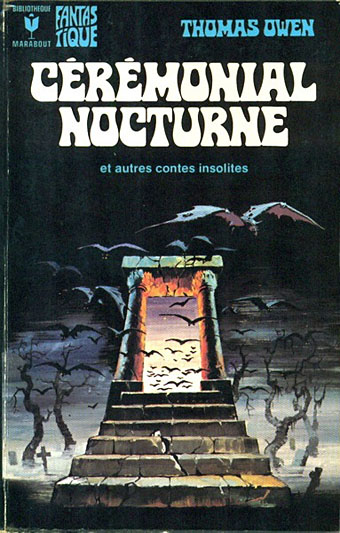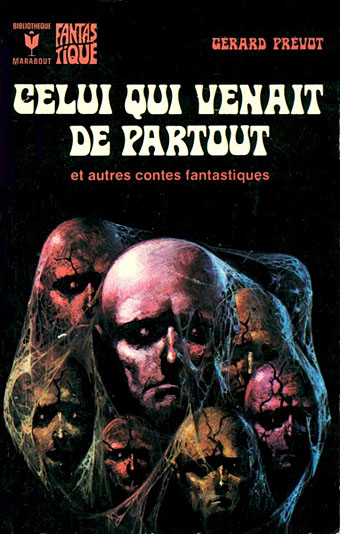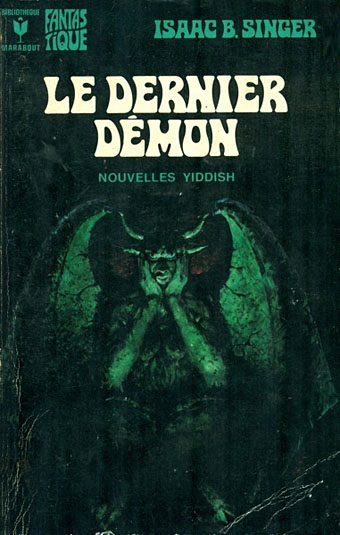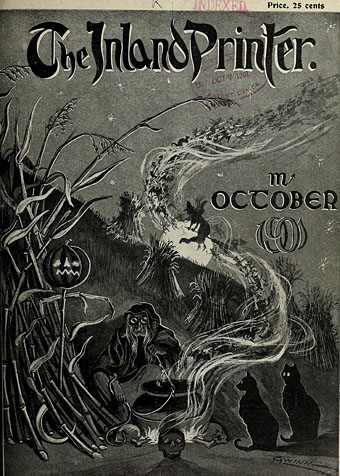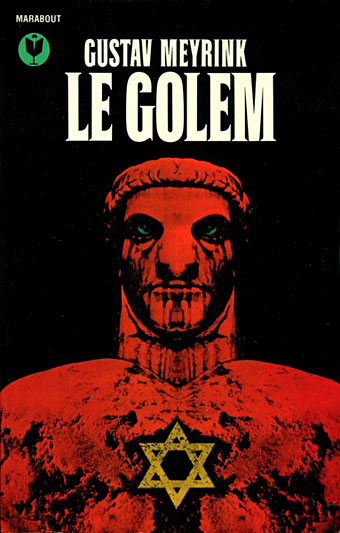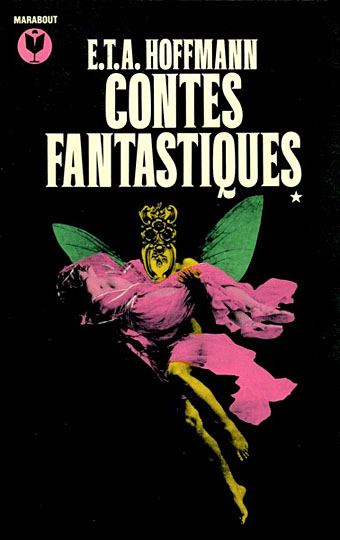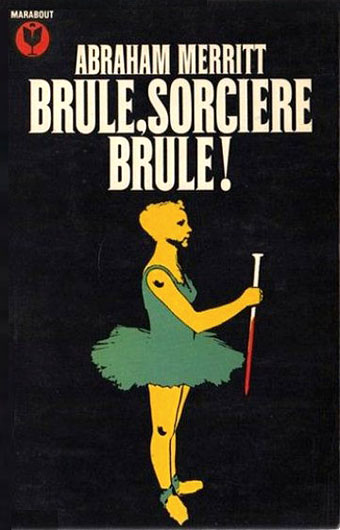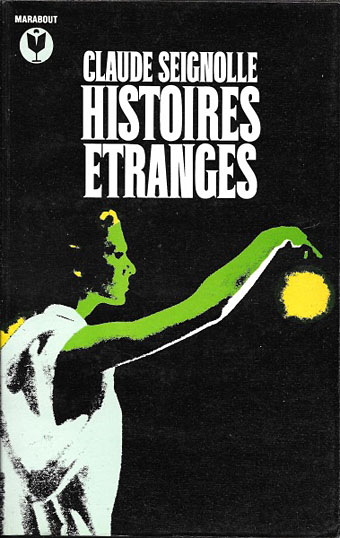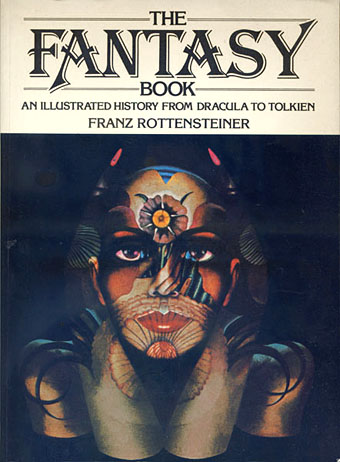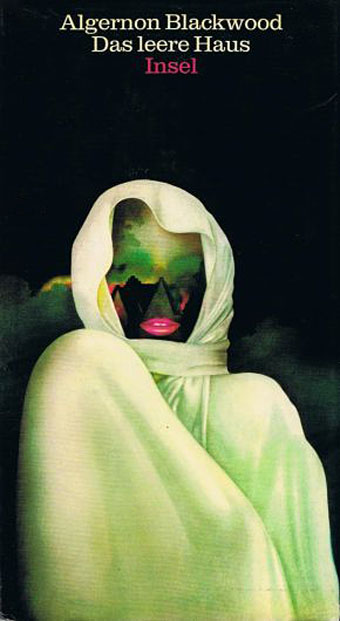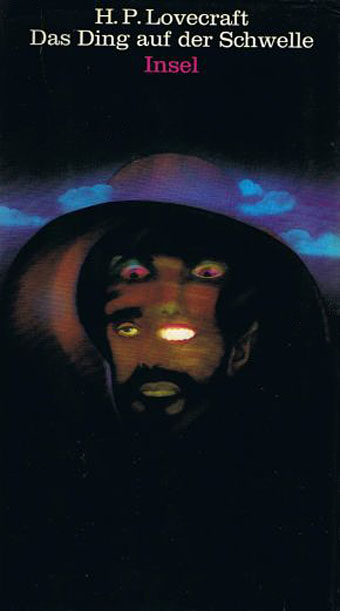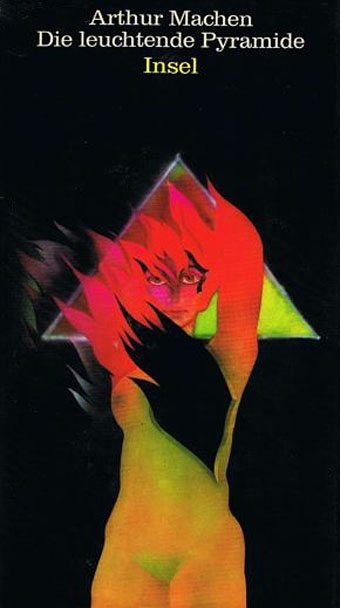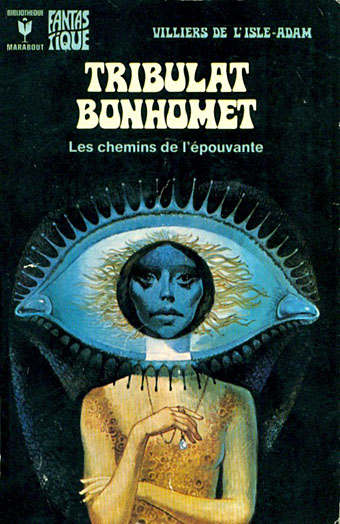
A post for Halloween featuring a selection of covers from the “Fantastique” imprint of Belgian publisher Bibliothèque Marabout. The imprint, which was only labelled “Fantastique” on later editions, was launched around 1969 and ran through the 1970s before petering out in the early 1980s. The uniform cover design—almost always black with titles set in Roberta—is an attraction for paperback collectors even when the titles are very familiar ones, and when the cover art, most of which was the work of Henri Lievens (1920–2000), is sketchy and vague.
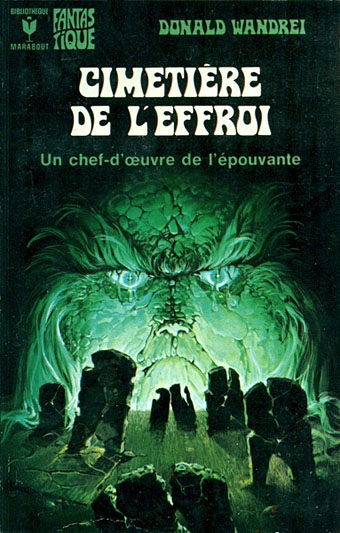
Among the Belgian writers rubbing shoulders with their more famous foreign counterparts are Jean Ray, author of the cult novel Malpertuis, playwright Michel de Ghelderode, and Thomas Owen (the pen-name of Gérald Bertot). Not all of the artwork is credited but most of the examples here are the work of the prolific Lievens, an artist whose cobwebbed eccentricities sometimes exceed the bounds of their brief; that flapping creature on the cover of The White People by Arthur Machen has no analogue in any of Machen’s stories. Later covers in the series saw contributions from Jean Alessandrini, with collages that were the subject of an earlier post. Marabout is still publishing today, albeit in a reduced fashion, having relocated to France where the company is now a tiny part of the Hachette empire.
